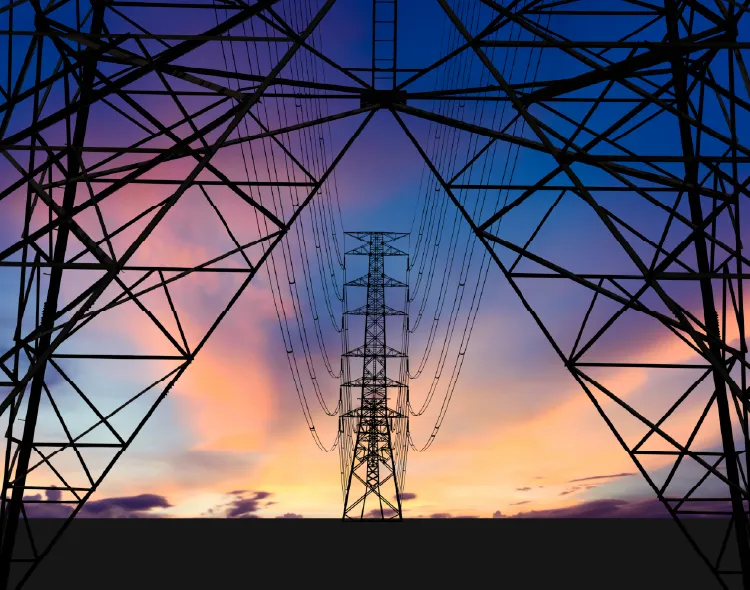
On October 22, 2025, New York State’s Office of Renewable Energy Siting (ORES) released revisions to the proposed regulations to implement the Renewable Action Through Project Interconnection and Deployment Act (RAPID Act). The RAPID Act was enacted to accelerate the siting of both major renewable energy facilities (25 MW+) and major electric transmission facilities (125 kV+). Under the RAPID Act, ORES now administers the environmental review, permitting and siting of these facilities in NYS under the new Article VIII process.
After proposing initial regulations in December 2024, ORES received more than 2,000 public comments. In response to these comments, ORES has issued revisions to its proposed regulations. There is now a 45-day public comment period on these revisions, with comments due by December 8, 2025.
The revisions focus on the following seven key areas:
There were several updates made to procedures in both the pre-application and application phases of the Article VIII process. The most significant changes proposed include the following:
This scoping procedure allows third parties to propose alternative routes within 65 days of receiving a notice of intent to file an application. The revisions added a definition of “reasonable alternative route,” which under Article VIII means “a route that would reasonably be expected to avoid and minimize significant adverse impacts to identified environmental resources, or public health and safety, or is in the public and ratepayer interest.” In addition, they clarified the required showing by the third party to support its proposed alternative route for consideration by ORES and the applicant.
The revisions now split types of work within existing rights-of-way into two procedural “tracks” to streamline approvals. Track 1 projects involve existing facilities with an Article VII certificate (the pre-RAPID Act siting approval process), and Track 2 projects involve any work within an existing right-of-way without a certificate. The revisions update the regulations to operate these tracks most efficiently. In addition, the definition of “substantially within existing electric transmission right-of-way” has been expanded to include “any additional terrestrial rights-of-way that are required to avoid or minimize significant adverse impacts associated with the existing facility.”
Revisions include additional requirements for review of cumulative noise, vibration and visual impacts for both renewable energy and transmission facilities.
Overall, the USCs for renewable energy and transmission facilities did not undergo significant changes. However, one change to note is that approved permits are now proposed to expire if the project does not commence commercial operation after five years; the initial regulations set the expiration at three years.
The revisions clarify that battery energy storage systems that are not co-located with a major renewable energy facility are not under the jurisdiction of ORES.
There are a number of other proposed changes, including:
The full text of the revisions, as well as ORES’ summaries, can be found on the Department of Public Service filing service using Matter Number 24-01458.
With these revisions, ORES has attempted to integrate feedback from the public on its regulations aimed at accelerating the approval process for the siting of major renewable energy generation and major transmission projects.
Additional Assistance
If you have any questions about the RAPID Act, the Article VIII process, the revisions, or would like to submit public comments, the Energy and Renewables Team at Phillips Lytle is available and willing to assist.
Receive firm communications, legal news and industry alerts delivered to your inbox.
Subscribe Now
